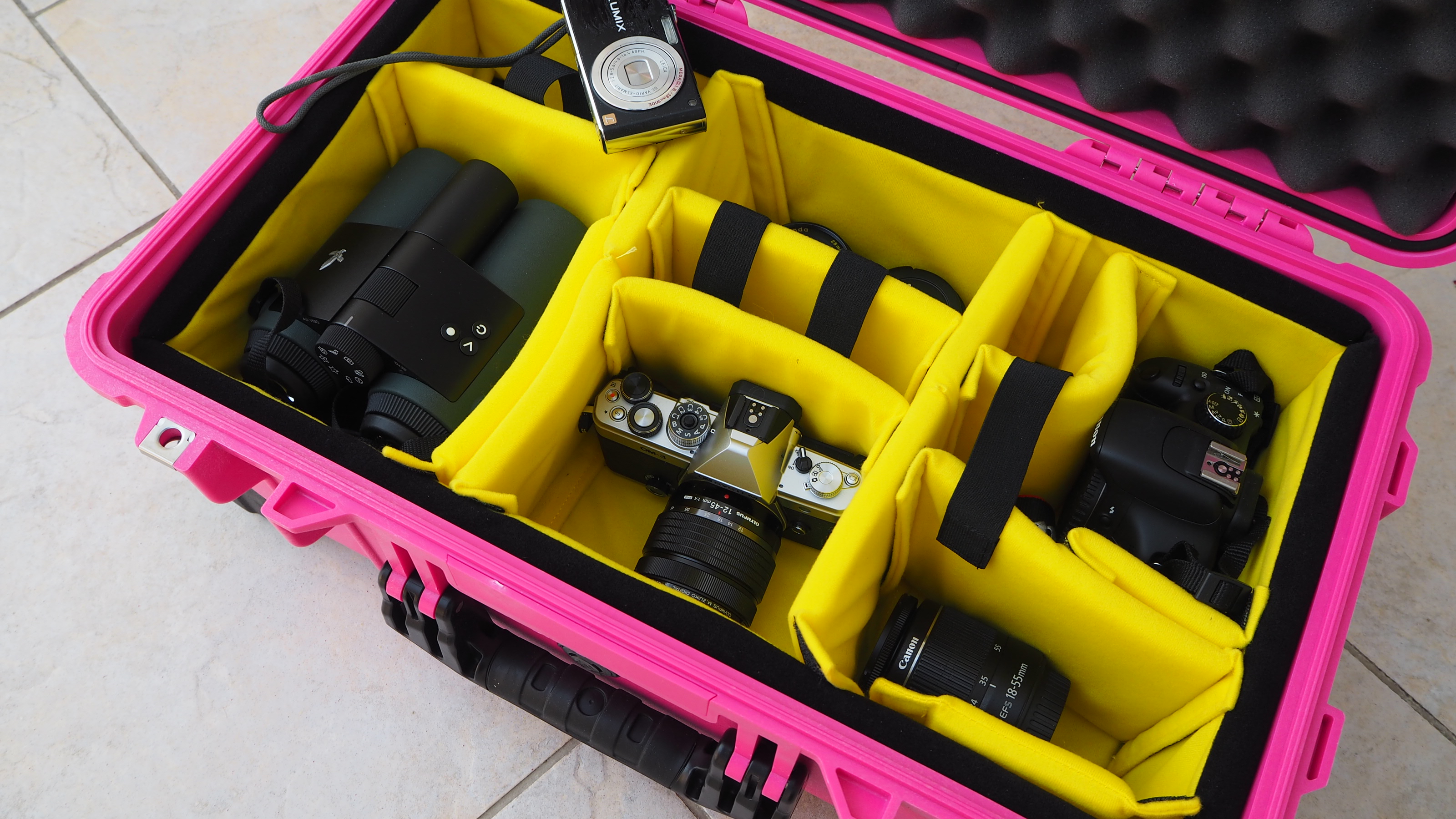How to capture stunning winter wildlife – Part 5: boost your creativity
Andy Parkinson's 5 easy ideas for developing your style
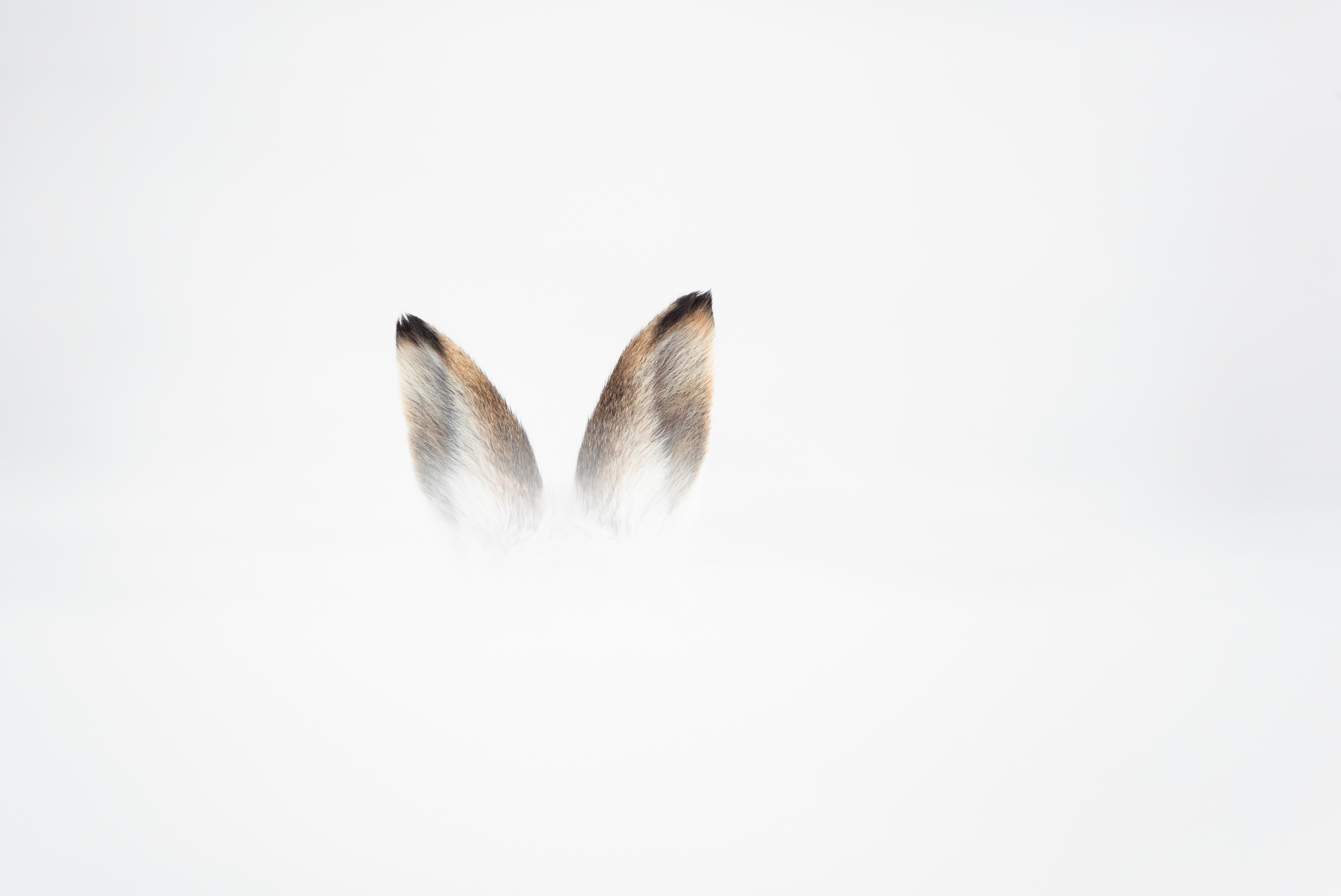
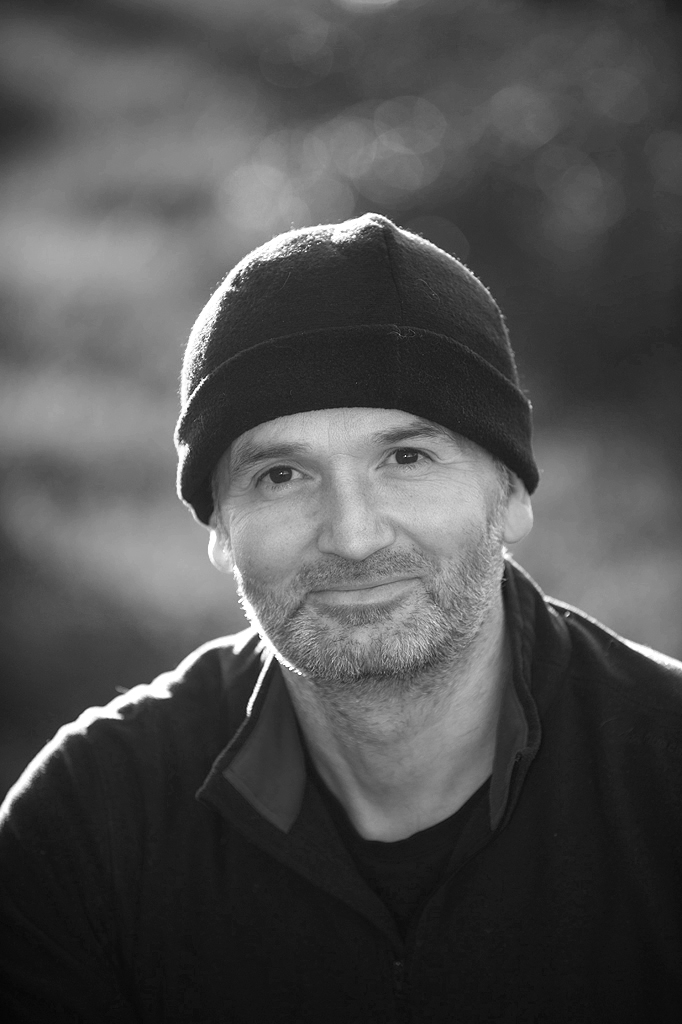
Andy Parkinson is an award-winning wildlife photographer, regular National Geographic contributor and a recent Nikon ambassador. Working with wild animals only, he often speaks about conservation, animal rights and photo ethics.
The only thought in my head when I’m shooting is, “Does the image work?” I don’t shoot for magazines, or for awards, or in anybody else’s style. Instead I shoot only to please myself, and these images are my own creative interpretation of what I’ve experienced.
As such I’m free to shoot whatever I feel, whether it ends up working or not. Remember that with digital cameras there is no financial consequence for trying something, and if it doesn’t work then that is what the delete button is for.
The most important thing is that you’re willing to try new things, and to keep shooting when others might stop.
Pro advice
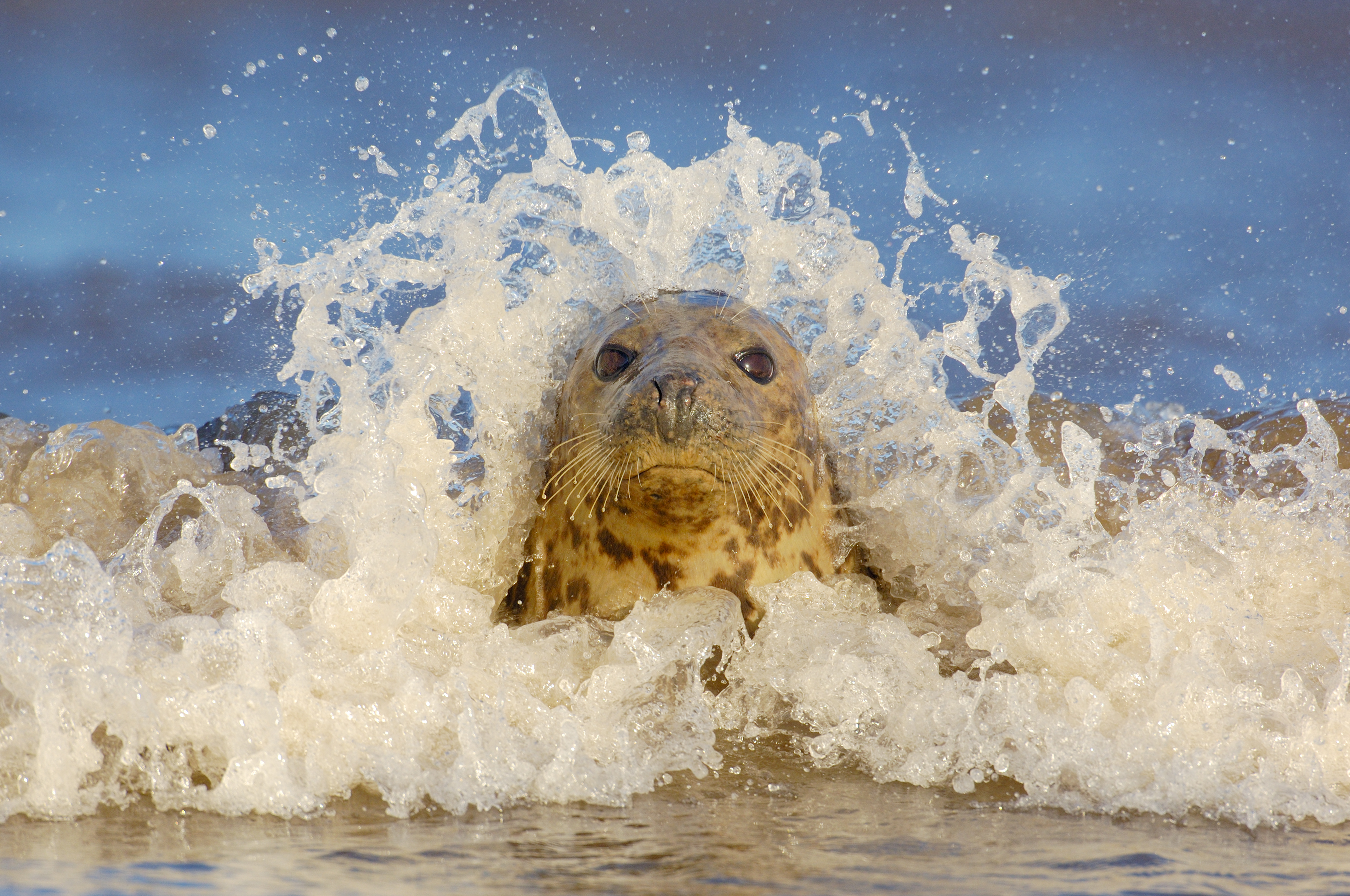
Andy’s 5 tips for capturing more creative images
High-key images are somewhat in vogue at present, with many photographers sharing their various examples on social media. Often, however, it seems that high-key is just another way to describe overexposed images, so there is definitely an art to getting them right.
Photographed correctly, you’ll end up with a shot with illustrative qualities, almost more reminiscent of an artist’s drawing. Get it wrong, however, and it will simply look like you’re trying to pass off a mistake as ‘art!’
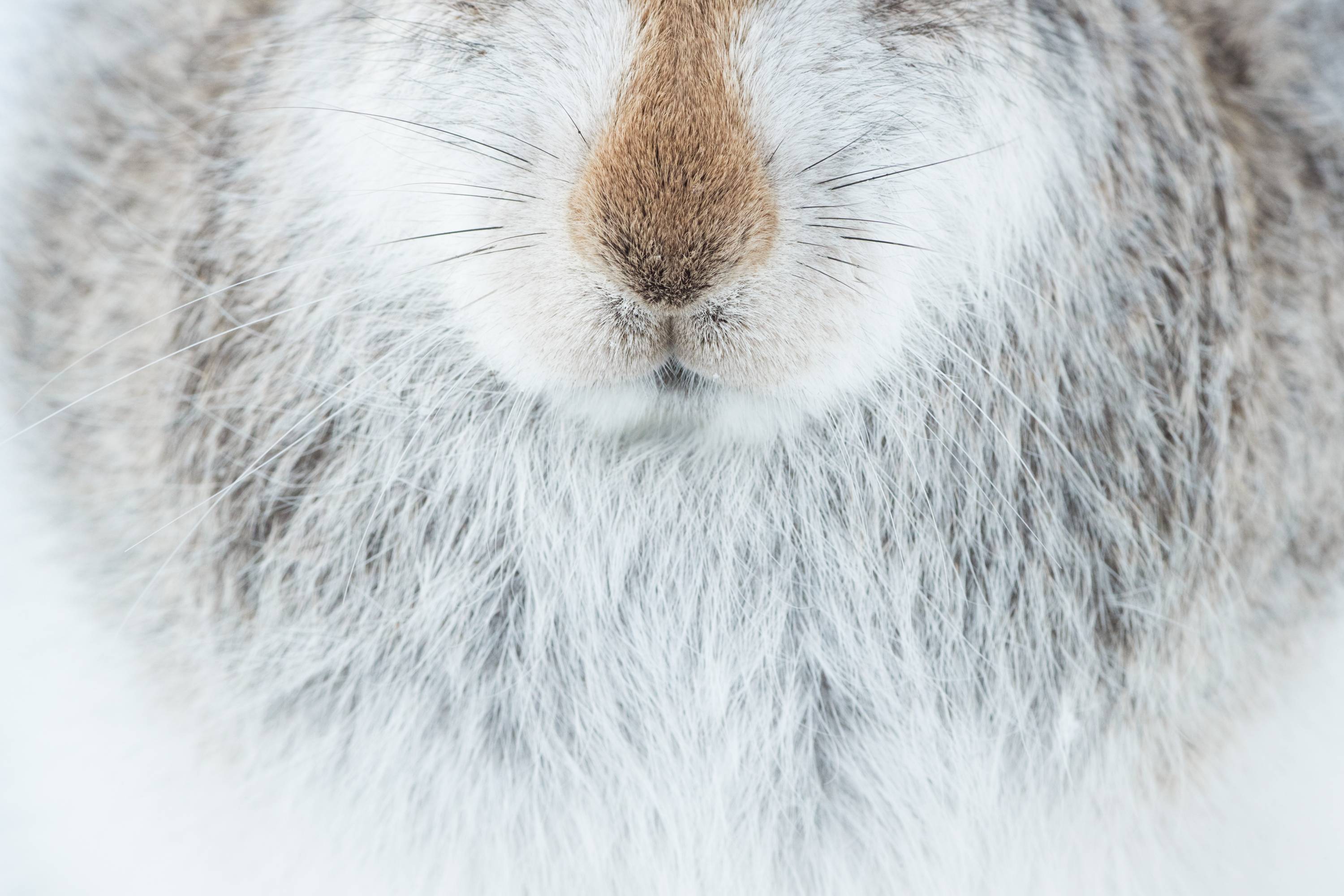
1. Focus on the details
If the subject allows, work sensitively at close quarters. I love images with an abstract feel, where the viewer is not immediately sure what they’re looking at, and that’s what I’ve strived to do with this mountain hare. This was photographed at f/14 yet the depth of field appears very narrow.
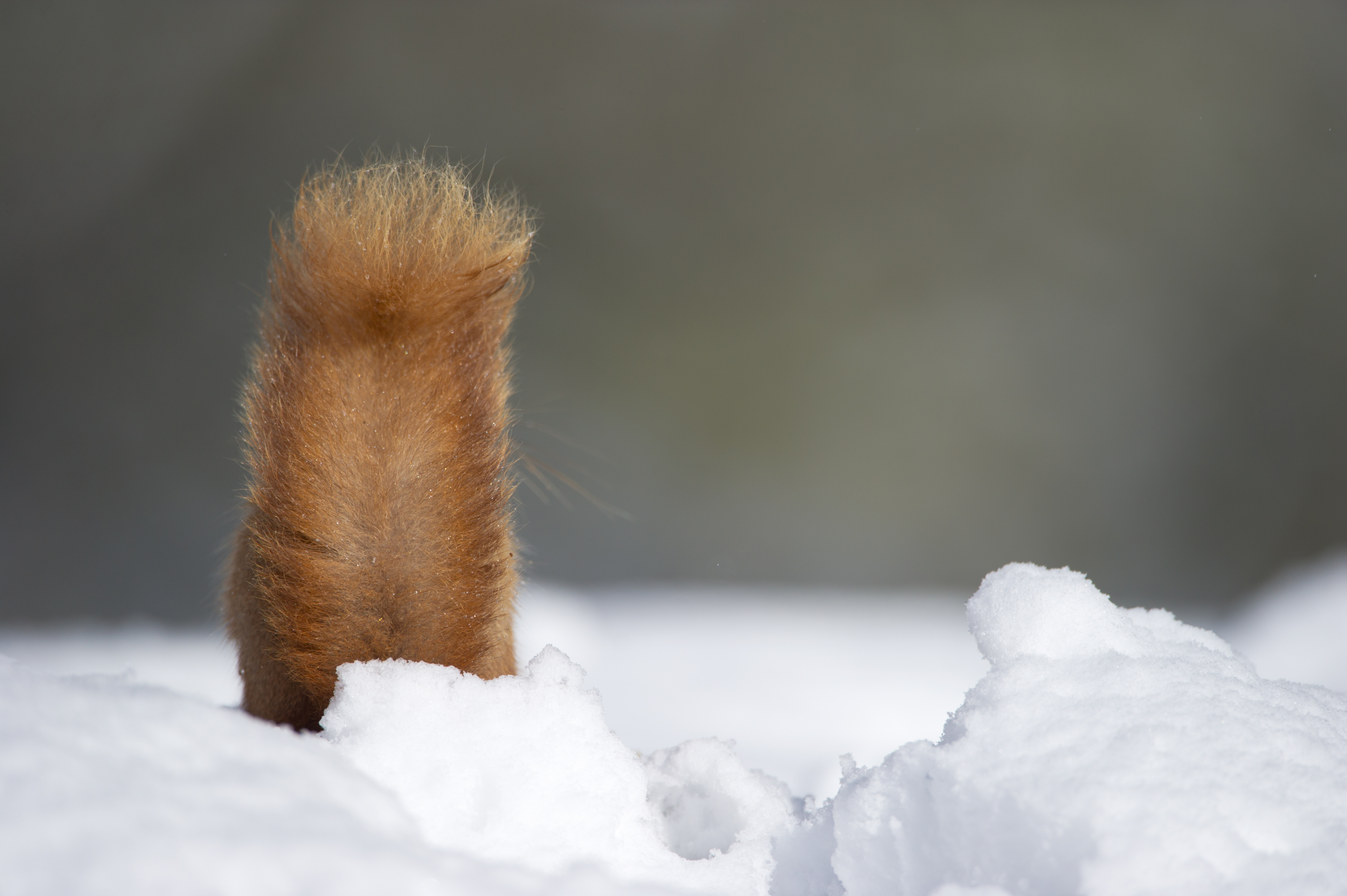
2. View from the rear
Don’t stop shooting just because the animal or bird is facing away from you. No one looking at this image will struggle to imagine what creature this tail belongs to, because it is one of the most recognisable body parts of this iconic species. Does the image always need to include the whole subject?
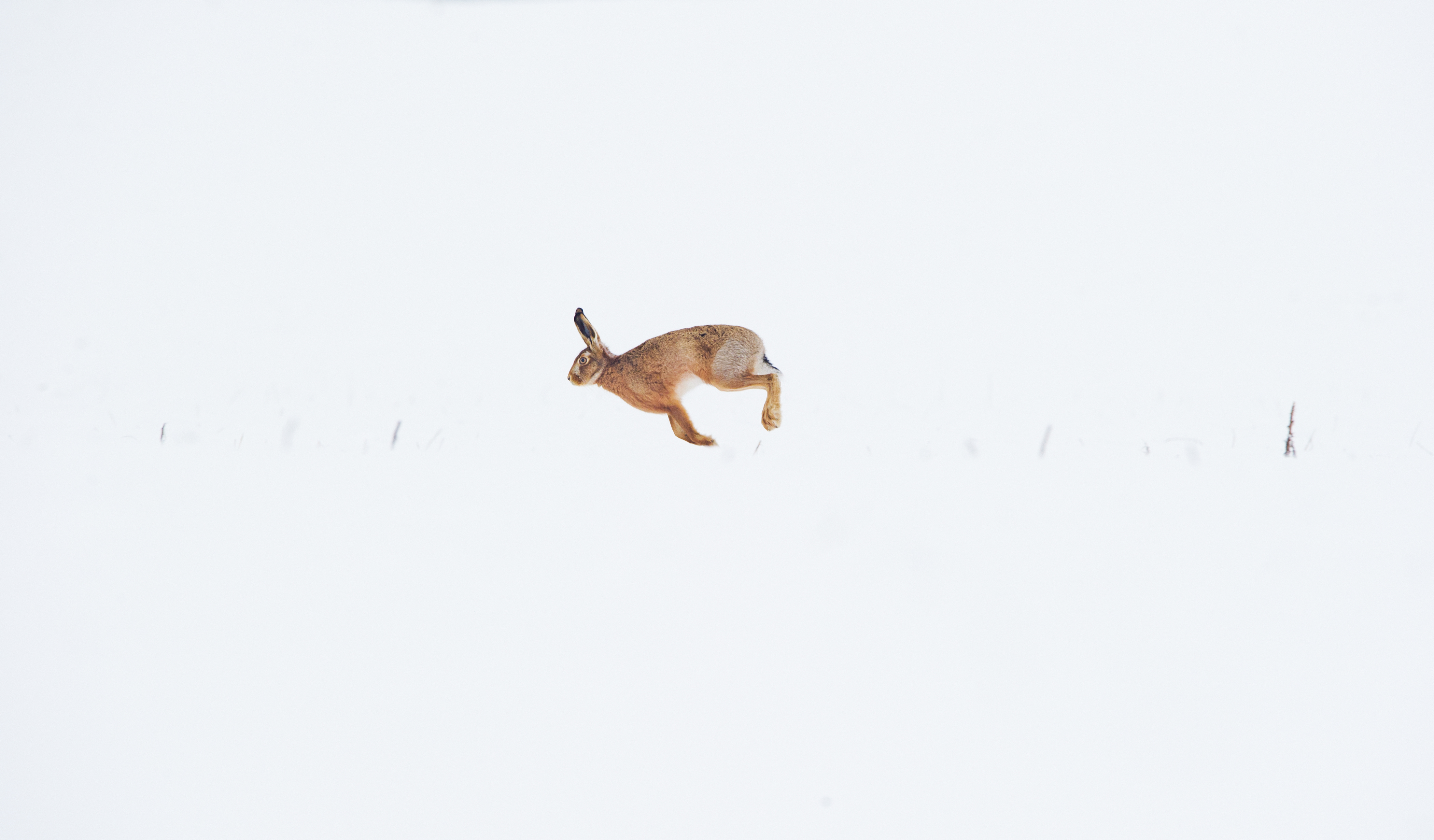
3. Nature's abstract canvas
The white canvas of a snow-covered field is an ideal backdrop against which to produce uniquely creative and imaginative images. This brown hare looks suspended in mid-air, like it has been Photoshopped into the image, but in fact all it is doing is bounding along past the near-frozen photographer.
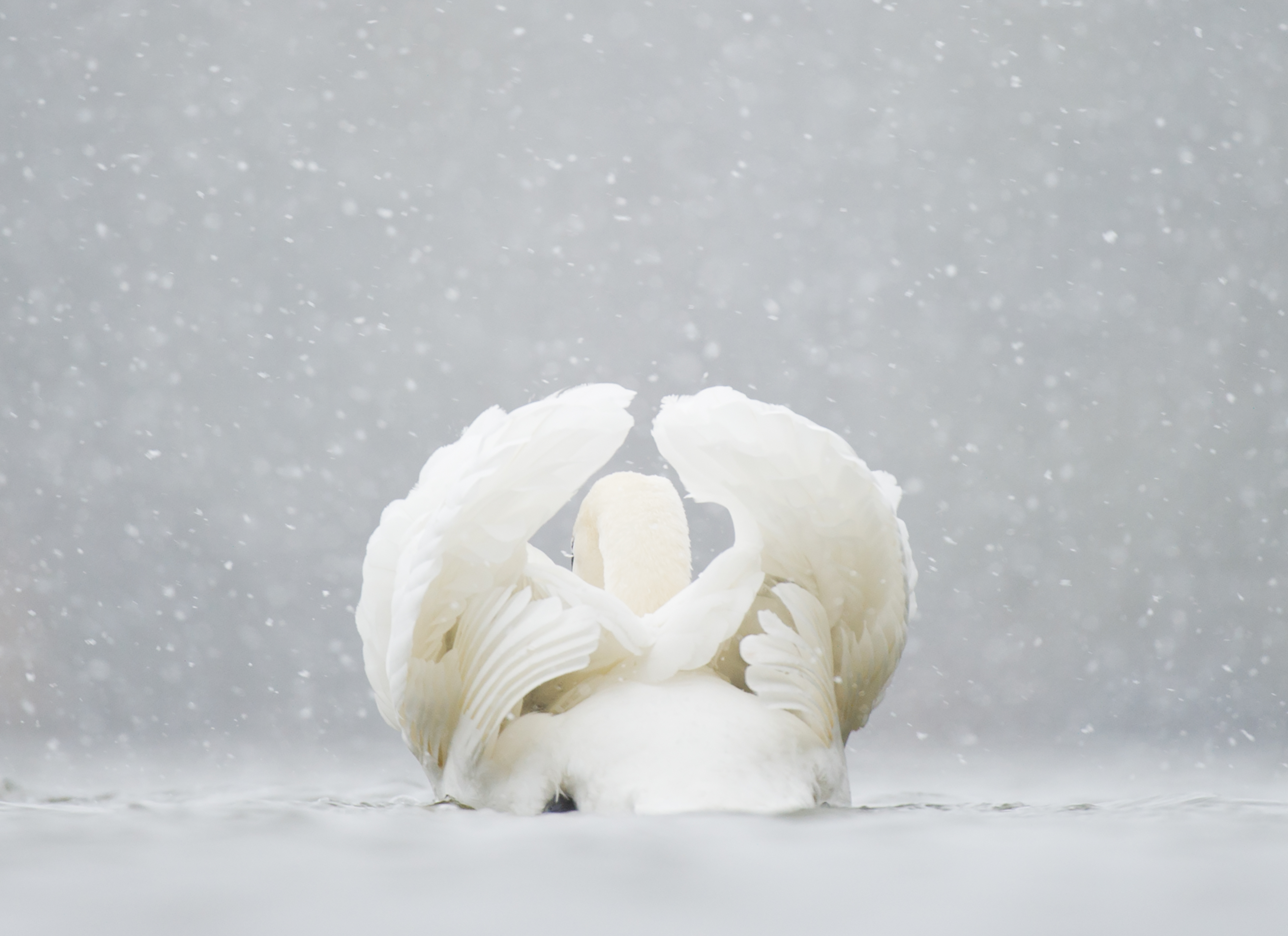
4. Look for symmetry
I often look for patterns or shapes in nature, and winter, with all of its graphic qualities, is the perfect time of year to indulge. Nature routinely throws up beautifully symmetrical moments, and as this swan glided away in threat posture I knew to wait until the head became framed between the tail feathers.
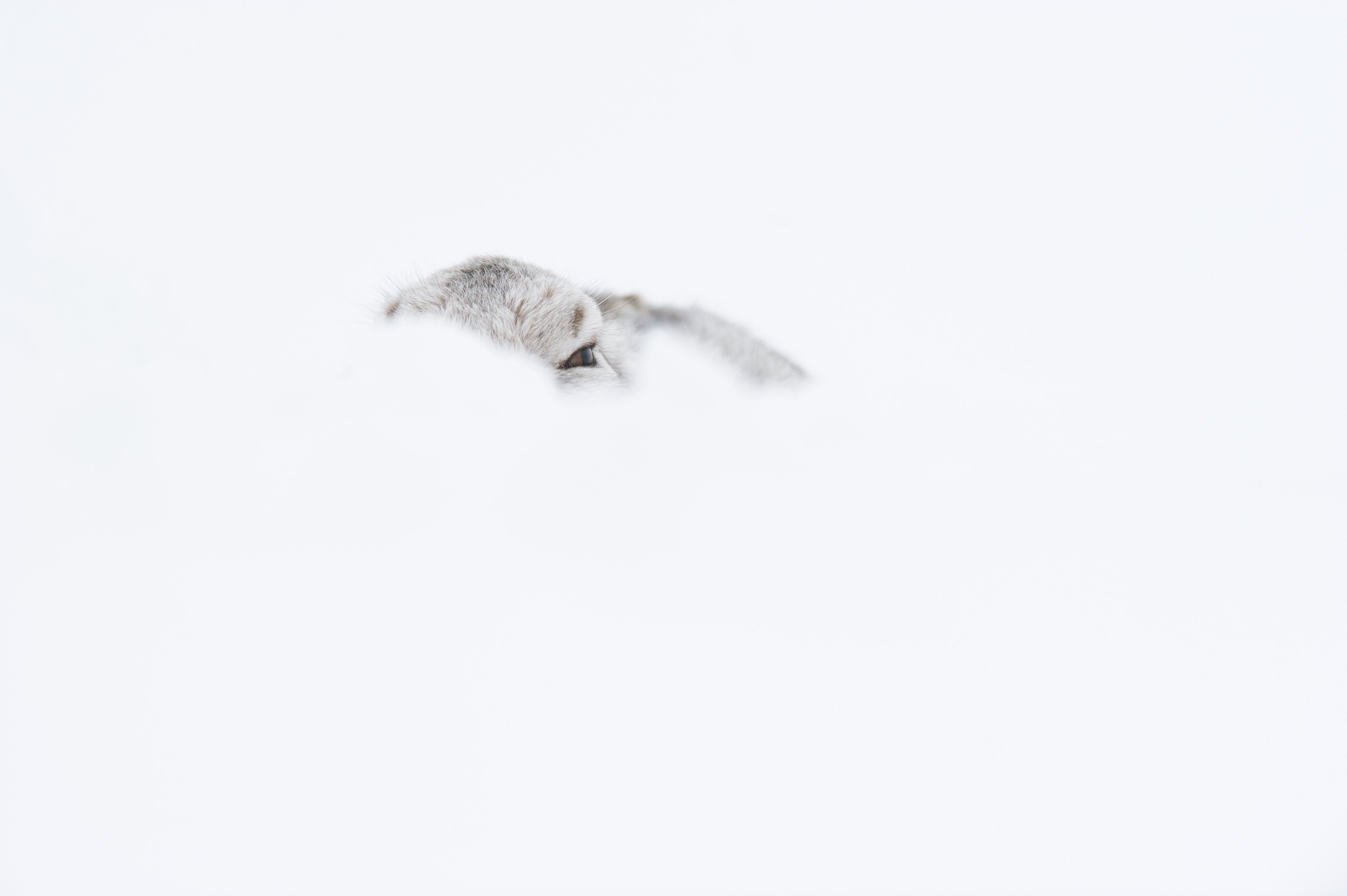
5. Convey their character
Mountain hares rely on their camouflage in winter in order to stay safe. Using snow holes or depressions in the ground, they lie motionless, trusting the ability of their white coat to blend in and keep them safe. These characteristics can be revealed with a considered, creative approach.
Read more:
Take your outdoor photography to the next level with The Photography Show
The best camera for wildlife photography in 2021
The best trail cameras in 2021
Get the Digital Camera World Newsletter
The best camera deals, reviews, product advice, and unmissable photography news, direct to your inbox!

Lauren is a writer, reviewer, and photographer with ten years of experience in the camera industry. She's the former Managing Editor of Digital Camera World, and previously served as Editor of Digital Photographer magazine, Technique editor for PhotoPlus: The Canon Magazine, and Deputy Editor of our sister publication, Digital Camera Magazine. An experienced journalist and freelance photographer, Lauren also has bylines at Tech Radar, Space.com, Canon Europe, PCGamesN, T3, Stuff, and British Airways' in-flight magazine. When she's not testing gear for DCW, she's probably in the kitchen testing yet another new curry recipe or walking in the Cotswolds with her Flat-coated Retriever.
